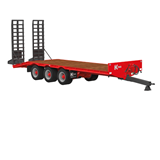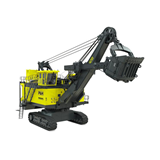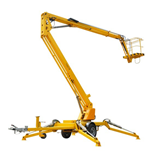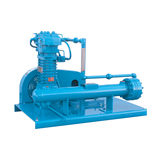The cancellation of the US$20 billion uranium-copper expansion has exacerbated fears of an end to the mining boom after Chinese Prime Minister Wen Jiabao announced a target GDP growth rate of 7.5 per cent for 2012, down from the 8.0 per cent threshold previously established. Predictions of an end to the Australian resources boom, however, are exaggerated.
Mineral exploration expenditure increased by 7.1 per cent to over $1.06 billion in the March quarter of 2012, and an estimated 250 million Chinese people are expected to urbanise by 2025. Chinese growth is expected to continue despite some brakes asserted to prevent excessive inflation, fuelling the resources sector before ebbing around 2014-15.
A combination of rising capital costs due to a high Australian dollar over most of the past five years and lower commodity prices has resulted in lower but strong growth rates in the Australian resources sector.
The iron ore mining industry has been primarily driven by Chinese demand and is expected to grow by an annualised 12.3 per cent over the five years through 2017-18, though this is down from an annualised 20.5 per cent in the past five years.
Capital investment is expected to decrease over the next five years as lower prices reduce profit made by the industry and because the bulk of capital construction was made at the start of the boom.
Prices for iron ore are expected to decrease in the next five years due to supply starting to meet demand because of strong financial returns having encouraged substantial investment in production. Demand, however, is expected to remain strong as Chinese GDP is forecast to more than double before 2025.
Similarly, the black coal mining industry is expected to grow by an annualised 5.5 per cent over the five years through 2017-18, down from an annualised 10.8 per cent in the previous five years.
Growth continues to be underpinned by relatively low-cost production, the high quality of materials and proximity to Asian markets. Capital investments are forecast to decrease as companies readjust cost structures, though Australia's competitive advantage remains intact.
Some cooling in the Chinese market for Australian iron ore and black coal is expected to be countered by pronounced growth in oil and gas production, particularly liquefied natural gas and mainly for export to Asia.
Annualised growth in revenue from oil and gas production is expected to more than triple from 4.3 per cent in the five years through 2012-13, to 16.9 per cent for the next five years.
Consistently increasing global demand fuelled by a growing and more energy-intensive population is resulting in fairly inelastic demand for oil and gas, to the industry's favour.
Challenges for the resources sector in the next few years revolve around minimising delays in production.
Australia will need to address labour and skill shortages and resisting protectionist policy in order to compete with Indonesia and other growing economies such as the Democratic Republic of Congo, Chile and Peru. These nations have improved national institutions and are becoming increasingly attractive for investors.
The boom has certainly not ended, though capital investment has slowed due to a high dollar and the sector will need to strengthen its competitive position to maintain growth.

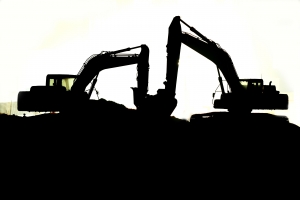
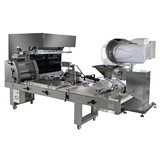


-160x160-state_article-rel-cat.png)










-160x160-state_article-rel-cat.png)
